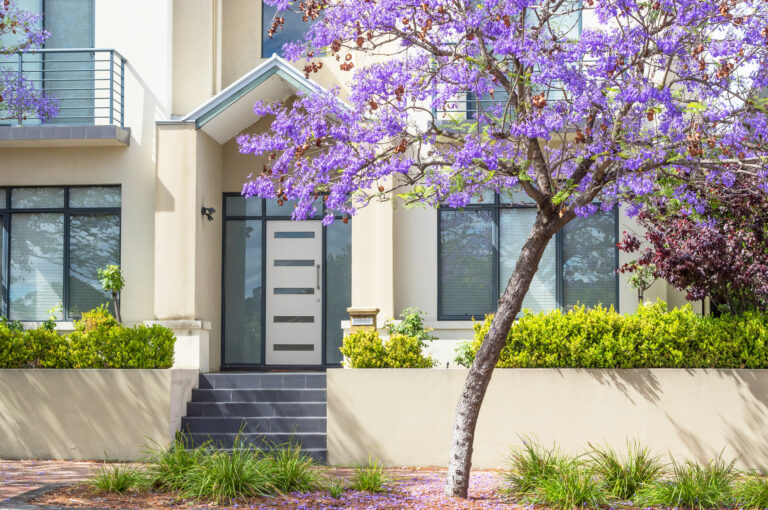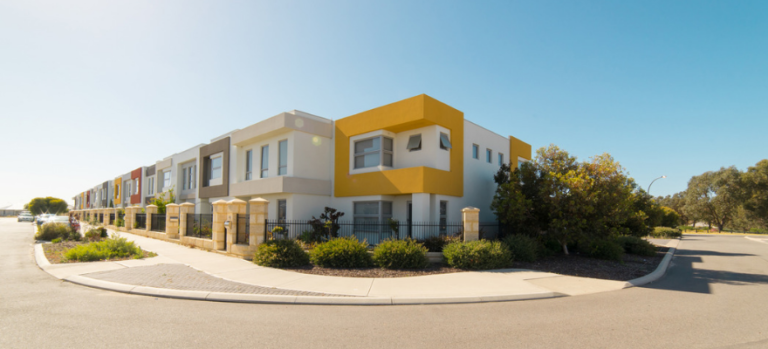National residential property listings dropped 4% in June and 22% year on year, with old stock being cleared nationwide as the number of buyers outstrips sellers, pushing up property prices around the nation. Brisbane’s data was exactly in line with the national averages, dropping 4% in June and 22% annually. Figures released this week by SQM Research indicate that property listings are trending downwards nationwide, which is putting upward pressure on prices as demand outstrips supply. Compared to 12 months ago, the biggest falls have been in Hobart, Adelaide, Canberra and Brisbane. SQM managing director Louis Christopher says: “Notwithstanding the quieter winter season, property listings fell again in June following a drop in May. We have also seen another large fall in old listings this month, indicating old stock is being sold and new property listings aren’t offsetting this fall. This highlights there are more
Gold Coast Leads Sales Success
Nine in 10 houses up for sale on the Gold Coast are being snapped up by eager buyers in a record[1]breaking splurge. A Knight Frank report shows that 91% of Gold Coast stock marketed in the first three months of 2021 was sold. It out-performed the clearance rates in Sydney (58%), Brisbane (54%) and Melbourne (24%). Perth was closest to the Gold Coast with 85% of homes put up for sale changing hands. The total number of luxury properties sold in Australia in the March Quarter equalled nearly half of all high-end homes offloaded in 2020. “Underlying this pent-up demand, the prestige residential market tends to gain traction with a rallying stock market, so we’re likely to still see significant price growth on the horizon,” Knight Frank residential research head Michelle Ciesielski says. Knight Frank says unit sales in Gold Coast developments rose 238% last year. Unit sales accounted for 75% of all residential development sales in 2020, significantly higher than the 29% in 2019.
Quote of the Week
“Over the past year, we have seen record demand from first home buyers, with NAB lending increasing by 6% compared to 2020. We have also seen the return of investors this year as economic conditions have improved.”
NAB executive for home ownership Andy Kerr
Buying Intentions At All-time High
Australians’ appetite for property has hit an all-time high. One in six Aussies intend to buy a new home in the next 12 months. According to a NAB survey, 15% of respondents have confirmed their home-buying intentions, compared with 13% in the previous quarterly survey. According to NAB’s research, young Aussies are leading the increase in demand: 39% in the 18-29 group are saving to buy, while 26 % are renting but saving to buy. “Young Australians are the most aspirational home buyers right now, and we’re seeing this with 25% of applications now done via video, with thousands more booked online every month,” NAB executive for home ownership Andy Kerr says. But while the intent to buy is higher, optimism is still subdued, with only 40% of Australians confident that now is a good time to buy a home and 31% confident now is a good time to buy an investment – lower than last quarter’s 45% and 34%, respectively.
Investor Market Share Rising
ABS figures show investor finance rose 13% in May, or more than 115% higher than the same time last year. Loan commitments for investor housing are at their highest level since June 2015, after falling to a 20-year low in May 2020. Housing credit growth is currently about 7%, or about the same level when the Australian Prudential Regulation Authority started to tighten lending standards in 2014. Canstar’s Steve Mickenbecker says: “It’s possible APRA might look to slow investor speculation to ease the path for first home buyers.” Total lending for the month was a record $32 billion, up 95% over the same time last year with owner[1]occupier loans rising by a record $23.4 billion, 88% higher than last year. CBA recently tightened buffer rates, which means it will adopt a stricter assessment of the capacity of some borrowers to repay their home loans at higher interest rates. But other lenders, such as Westpac, are set to ease lending conditions for self-employed borrowers










